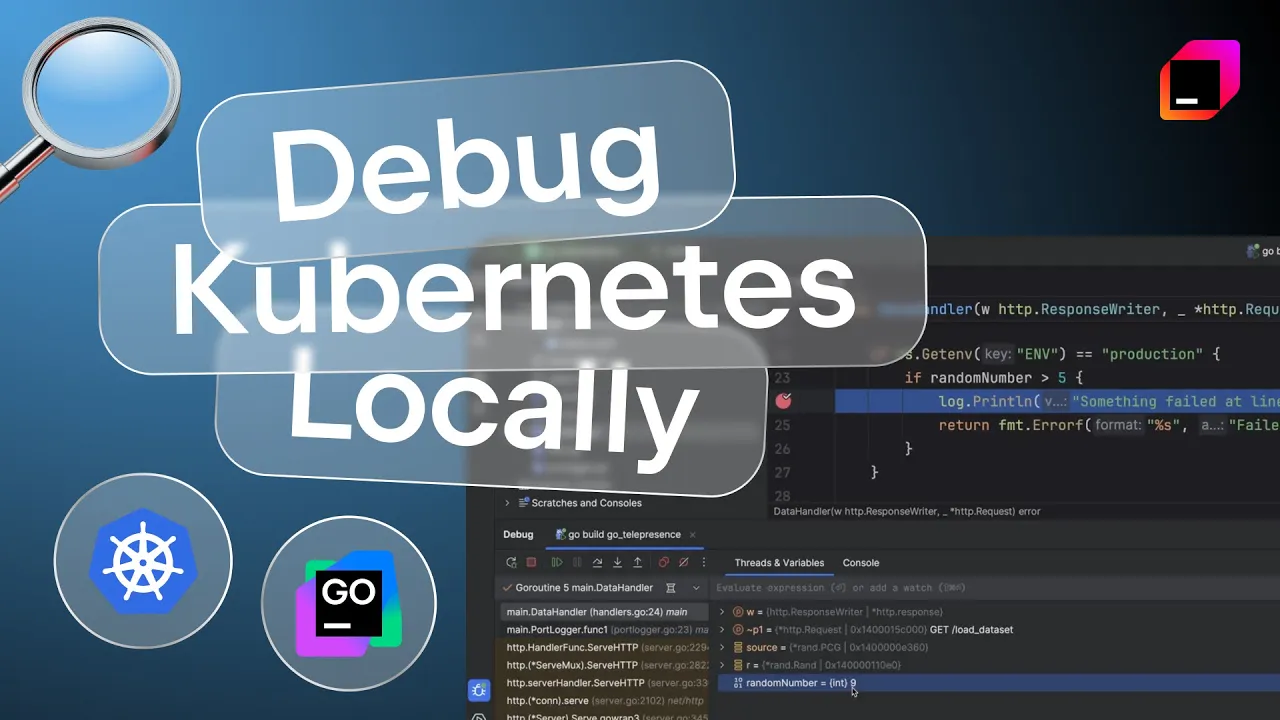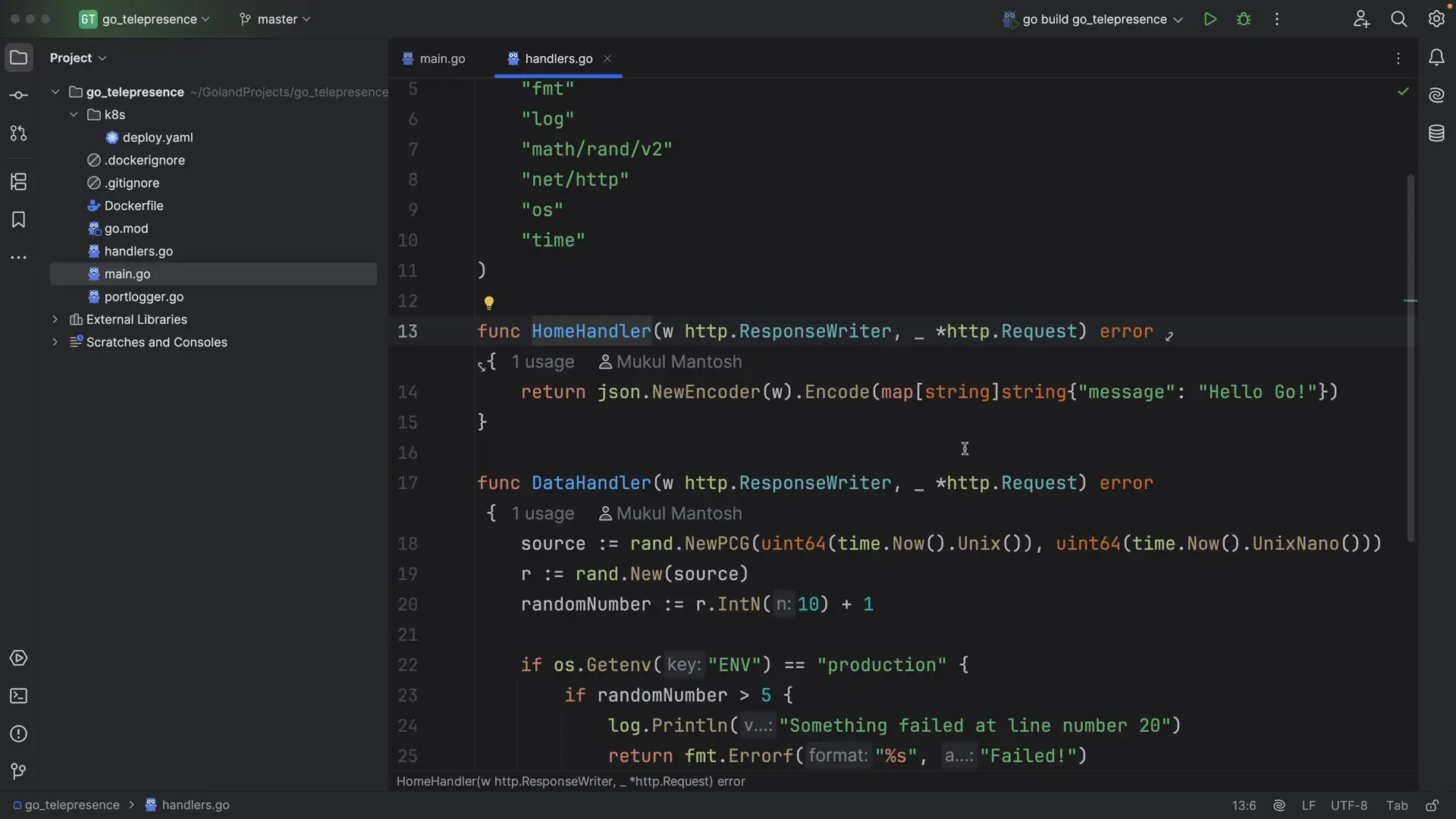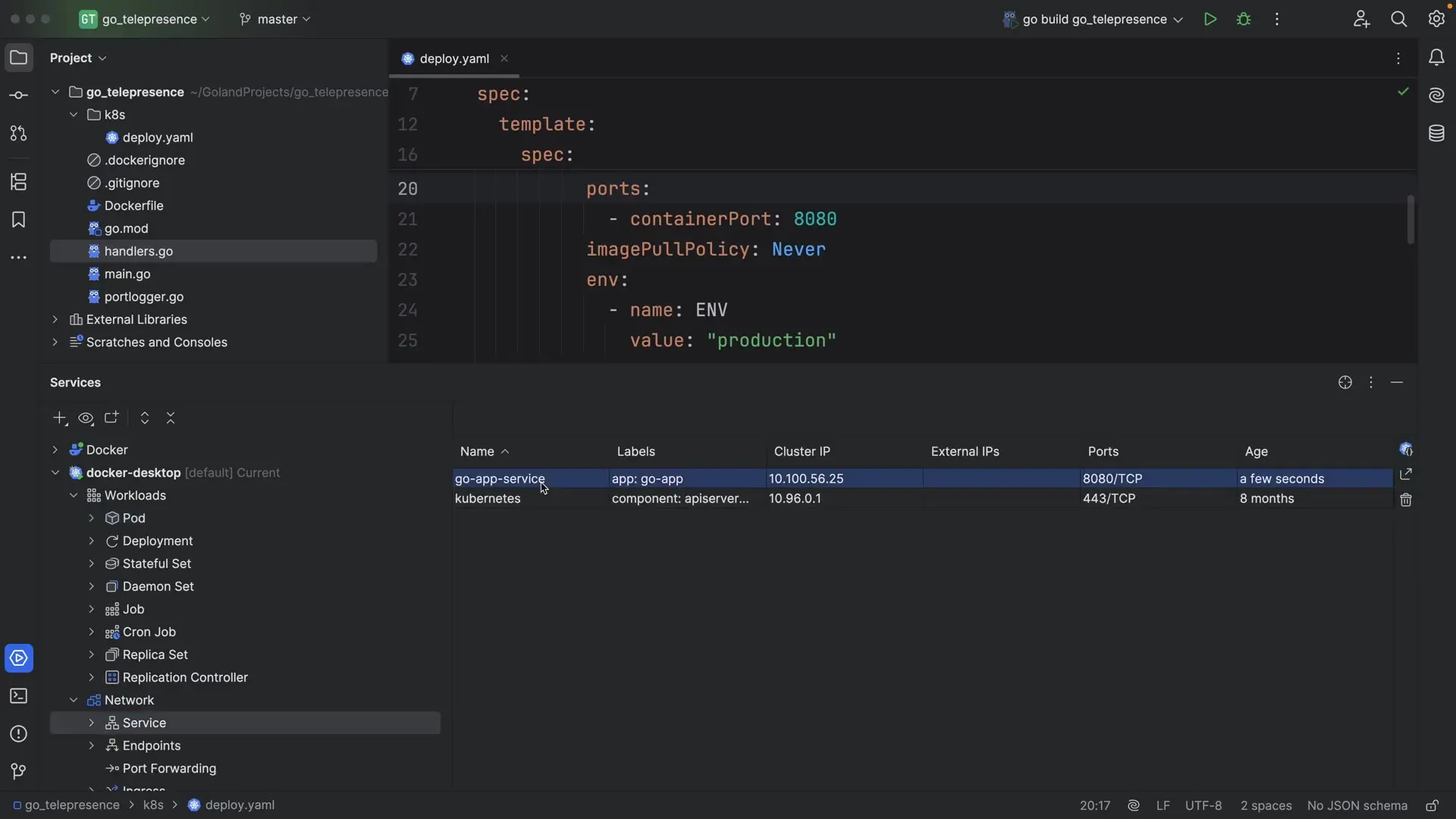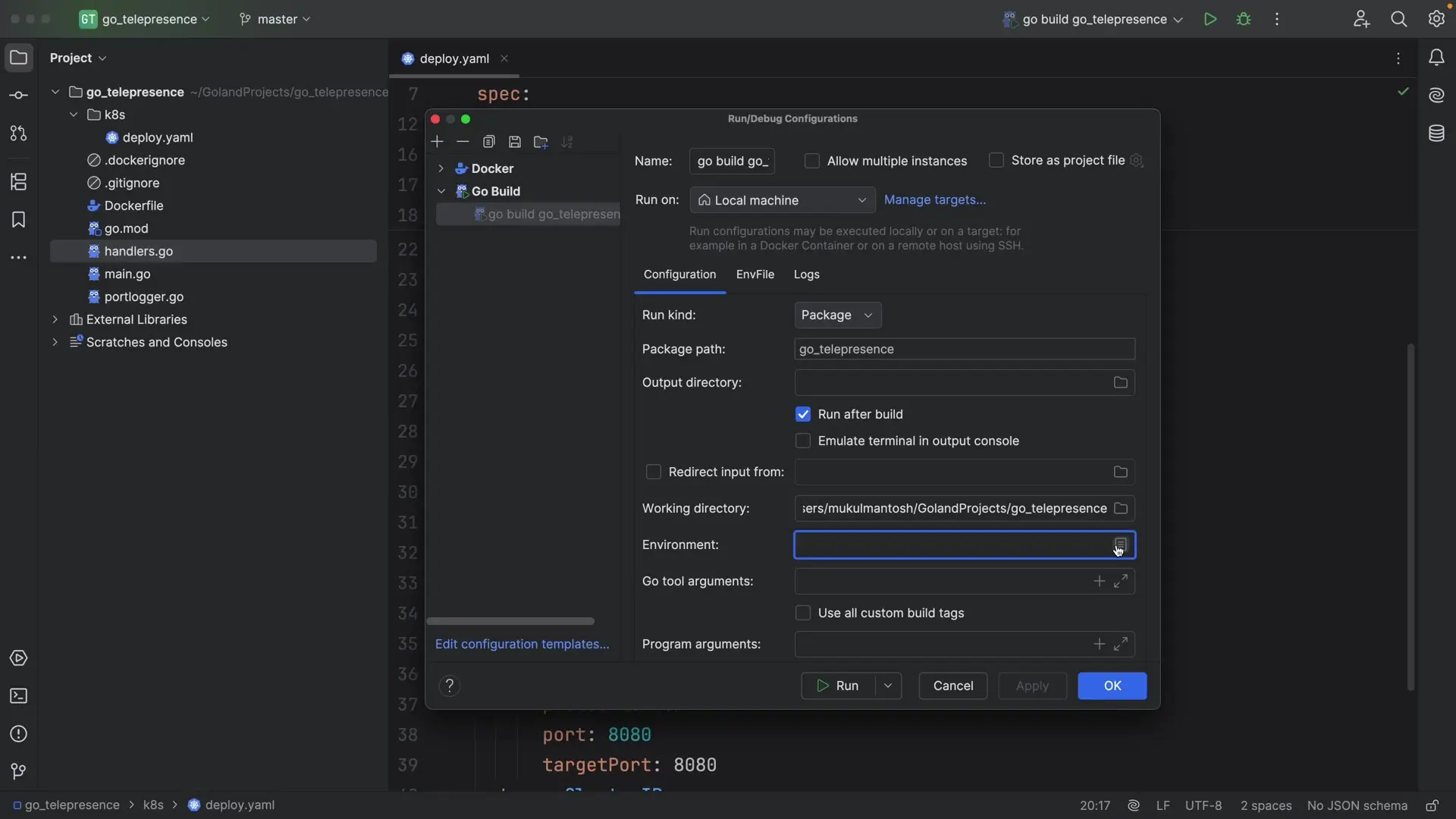
Debugging applications running in Kubernetes pods can be challenging and time-consuming. The traditional approach involves modifying code, rebuilding containers, redeploying to the cluster, and then checking logs—a process that significantly slows down development. Telepresence offers a powerful alternative by allowing you to run code locally while connected to your Kubernetes cluster, eliminating the need for constant redeployment cycles.
What is Telepresence and Why Use It?
Telepresence is a CNCF tool that creates a two-way network bridge between your local development environment and your Kubernetes cluster. This allows you to run a service locally while still connecting to other services in the cluster. The key benefits include:
- Faster development cycles by eliminating container rebuilds and redeployments
- Ability to use local debugging tools with services running in Kubernetes
- Testing code against realistic production-like environments
- Reproducing and fixing production issues more efficiently
Setting Up a Sample Application for Debugging
To demonstrate Telepresence's capabilities, we'll use a simple Go application with REST APIs and HTTP handlers. The application includes a deliberate error scenario that only occurs in production environments, making it an ideal candidate for demonstrating remote debugging capabilities.
// Data handler that simulates production errors
func dataHandler(w http.ResponseWriter, r *http.Request) error {
// Generate random number to simulate intermittent errors
rand.Seed(time.Now().UnixNano())
randomNum := rand.Intn(10)
// In production environment, throw error if number > 5
if os.Getenv("ENV") == "production" && randomNum > 5 {
return errors.New("error loading data")
}
// Return success response
response := map[string]string{"message": "Data loaded successfully"}
w.Header().Set("Content-Type", "application/json")
json.NewEncoder(w).Encode(response)
return nil
}The application includes a centralized error handling mechanism through a wrapper function called portLogger, which not only logs the hostname and port but also manages exceptions raised by the handlers.

Deploying the Application to Kubernetes
Before we can use Telepresence for debugging, we need to deploy our application to a Kubernetes cluster. Here's how to containerize and deploy the application:
- Create a Docker image for the Go application
- Prepare a Kubernetes deployment YAML with the ENV variable set to "production"
- Create a Kubernetes service to expose the application
- Apply the configuration to your cluster
# Deployment configuration
apiVersion: apps/v1
kind: Deployment
metadata:
name: go-app
spec:
replicas: 1
selector:
matchLabels:
app: go-app
template:
metadata:
labels:
app: go-app
spec:
containers:
- name: go-app
image: go-telepresence
imagePullPolicy: Never
env:
- name: ENV
value: "production"
ports:
- containerPort: 8080
---
# Service configuration
apiVersion: v1
kind: Service
metadata:
name: go-app-service
spec:
selector:
app: go-app
ports:
- port: 80
targetPort: 8080Note that we're using `imagePullPolicy: Never` to ensure Kubernetes uses the locally built image rather than attempting to pull it from a registry.

Setting Up the Local Environment for Debugging
To properly reproduce the production environment locally, we need to configure our local development environment with the same conditions. This means setting the ENV variable to "production" in our local run configuration.

Using Telepresence to Intercept Kubernetes Traffic
Telepresence works by intercepting traffic meant for your Kubernetes service and redirecting it to your local development environment. This allows you to debug your application locally while it interacts with other services in the cluster.
- Install Telepresence CLI if you haven't already
- Connect to your Kubernetes cluster using Telepresence
- Create an intercept for your service
- Run your application locally
- Set breakpoints in your code for debugging
When you connect with Telepresence, it creates a Traffic Manager pod in the ambassador namespace. This component routes and manages network traffic between your local environment and the Kubernetes cluster.
# Connect to the cluster with Telepresence
telepresence connect
# Create an intercept for the go-app service
telepresence intercept go-app --port 8080:8080Debugging the Production Issue
With Telepresence intercepting traffic to our service, we can now debug the production issue locally. By setting breakpoints in our code and accessing the service through the Kubernetes endpoint, we can trace the execution and identify the root cause of the problem.
In our example, the issue occurs when the random number generated exceeds 5, causing an error in the data handler. Using a local debugger, we can inspect variables, step through code execution, and identify exactly what's happening when the error occurs.
// Breakpoint here to inspect the random number value
if os.Getenv("ENV") == "production" && randomNum > 5 {
return errors.New("error loading data")
}Benefits of Using Telepresence for Kubernetes Debugging
Using Telepresence for debugging Kubernetes pods offers several advantages over traditional debugging methods:
- No need to access container shells or modify running pods
- Full access to local debugging tools and IDEs
- Real-time code changes without rebuilding containers
- Testing against actual cluster dependencies and configurations
- Faster development cycles and reduced time to fix issues
Conclusion: Streamlining Kubernetes Development
Telepresence bridges the gap between local development and Kubernetes environments, making it significantly easier to debug issues that only occur in production-like settings. By allowing developers to run code locally while connected to the cluster, it eliminates the time-consuming process of rebuilding and redeploying containers during development and debugging.
This approach not only speeds up the development cycle but also provides deeper insights into how applications behave in production environments, ultimately leading to more robust and reliable applications. For teams working with Kubernetes, Telepresence is an invaluable tool that should be part of the standard development workflow.
Let's Watch!
How to Debug Kubernetes Pods with Telepresence: Step-by-Step Tutorial
Ready to enhance your neural network?
Access our quantum knowledge cores and upgrade your programming abilities.
Initialize Training Sequence